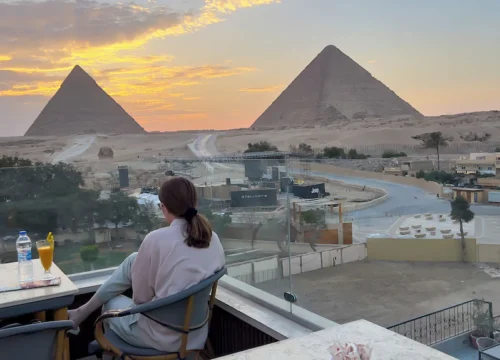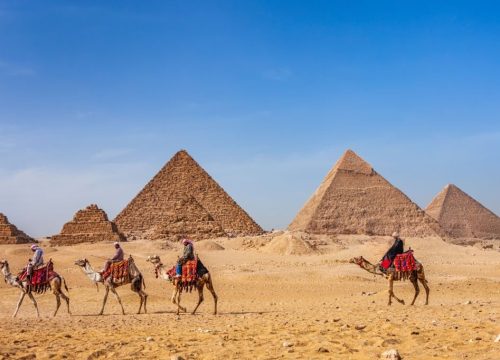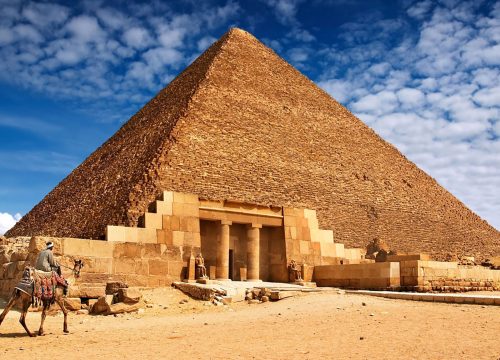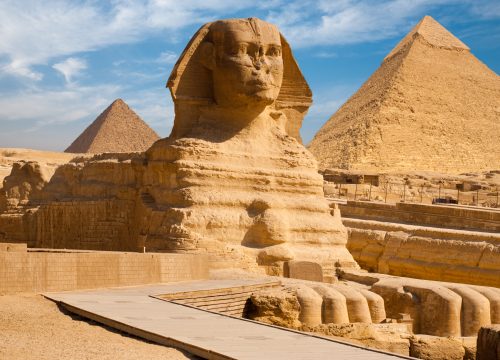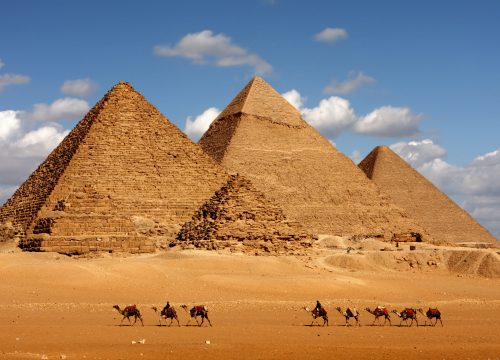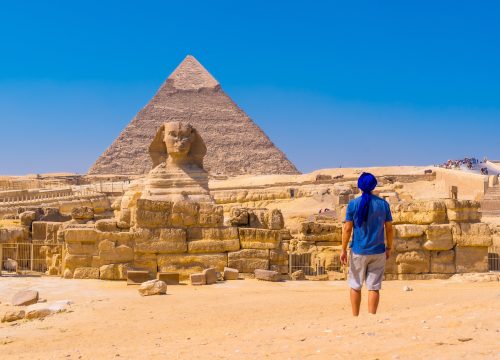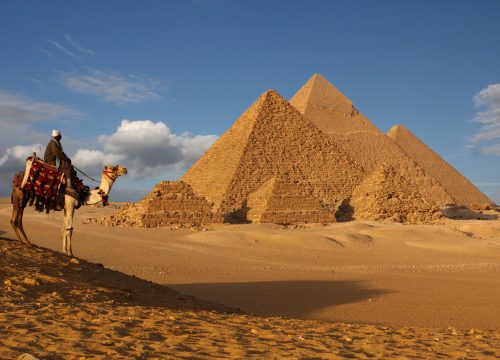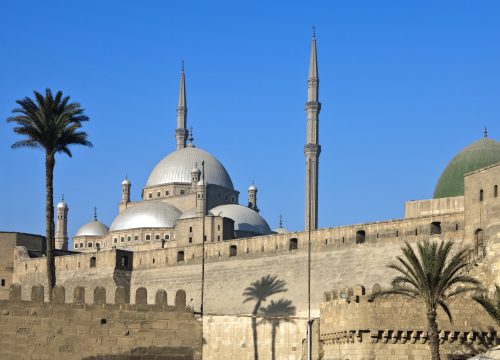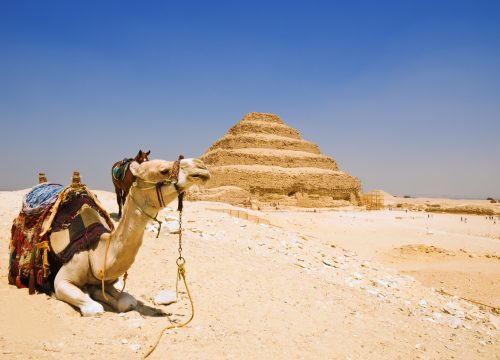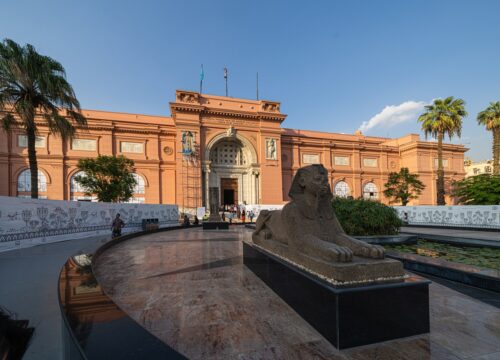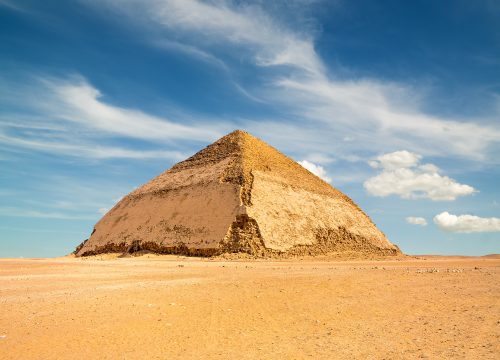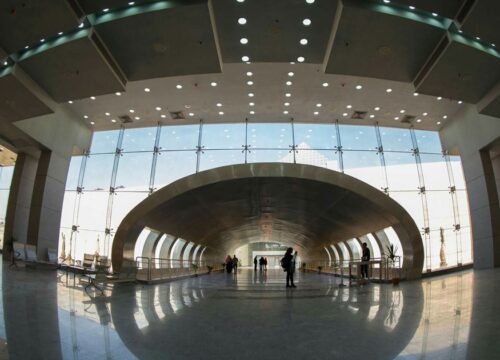Pyramids of Giza
- Home
- Pyramids of Giza
Duration
From
Tour Description
The Pyramids of Giza are one of the most celebrated architectural achievements in human history, standing proudly on the Giza Plateau near Cairo, Egypt. These ancient wonders were built as monumental tombs for three Pharaohs of Egypt’s Old Kingdom and are considered one of the Seven Wonders of the Ancient World, with the Great Pyramid being the only wonder still in existence today.
The largest and most famous of the pyramids is the Great Pyramid of Khufu (Cheops), which was completed around 2560 BCE. Originally standing at 146.6 meters (481 feet), it was the tallest man-made structure in the world for over 3,800 years, until the construction of medieval cathedrals in Europe. The pyramid is composed of approximately 2.3 million limestone blocks, each weighing several tons, and was originally covered in smooth, white casing stones, giving it a polished, gleaming appearance.
Next to the Great Pyramid stands the Pyramid of Khafre, slightly smaller but notable for still having some of its original casing stones at the apex. Khafre’s pyramid is often mistaken as taller due to its elevated position on the plateau. Adjacent to the Pyramid of Khafre is the iconic Great Sphinx of Giza, a colossal limestone statue with the body of a lion and the head of a human, believed to represent Pharaoh Khafre himself. The Sphinx has guarded the Giza Plateau for millennia, symbolizing strength and wisdom.
The third pyramid, the Pyramid of Menkaure, is the smallest of the three but no less impressive. It was built for Khafre’s son, Menkaure, and though it stands at a lower height, it was constructed with more intricate detailing, including sections of granite casing, which made the structure unique among the Giza pyramids.
The Pyramids of Giza are surrounded by several smaller satellite pyramids, known as queens’ pyramids, as well as tombs for nobles, temples, and causeways. These structures form a vast necropolis that served as the final resting place for royals and high officials.
While the pyramids were built to honor the pharaohs in their journey to the afterlife, their construction has fascinated scholars for centuries. The precise methods used to transport and assemble the immense stones, as well as the mathematical accuracy of the pyramid’s alignments with the stars and cardinal points, remain subjects of debate and intrigue. Many theories suggest that the pyramids were not only royal tombs but also astronomical observatories, religious monuments, or symbolic stairways to the heavens.
Today, the Pyramids of Giza continue to captivate millions of visitors, representing the grandeur and mystery of ancient Egypt. They stand as a testament to the ingenuity, ambition, and spiritual beliefs of one of the world’s greatest civilizations. Whether viewed from afar against the backdrop of the desert or explored up close, these pyramids evoke awe and wonder, offering a tangible link to a distant past.
Included/Exclude
- Meet and assist at the airport
- Tour guide
- Transfers
- Entrance fees
- Egypt Entry Visa
- Tips
- Entrance inside the Pyramids
- Mineral water during Meals



